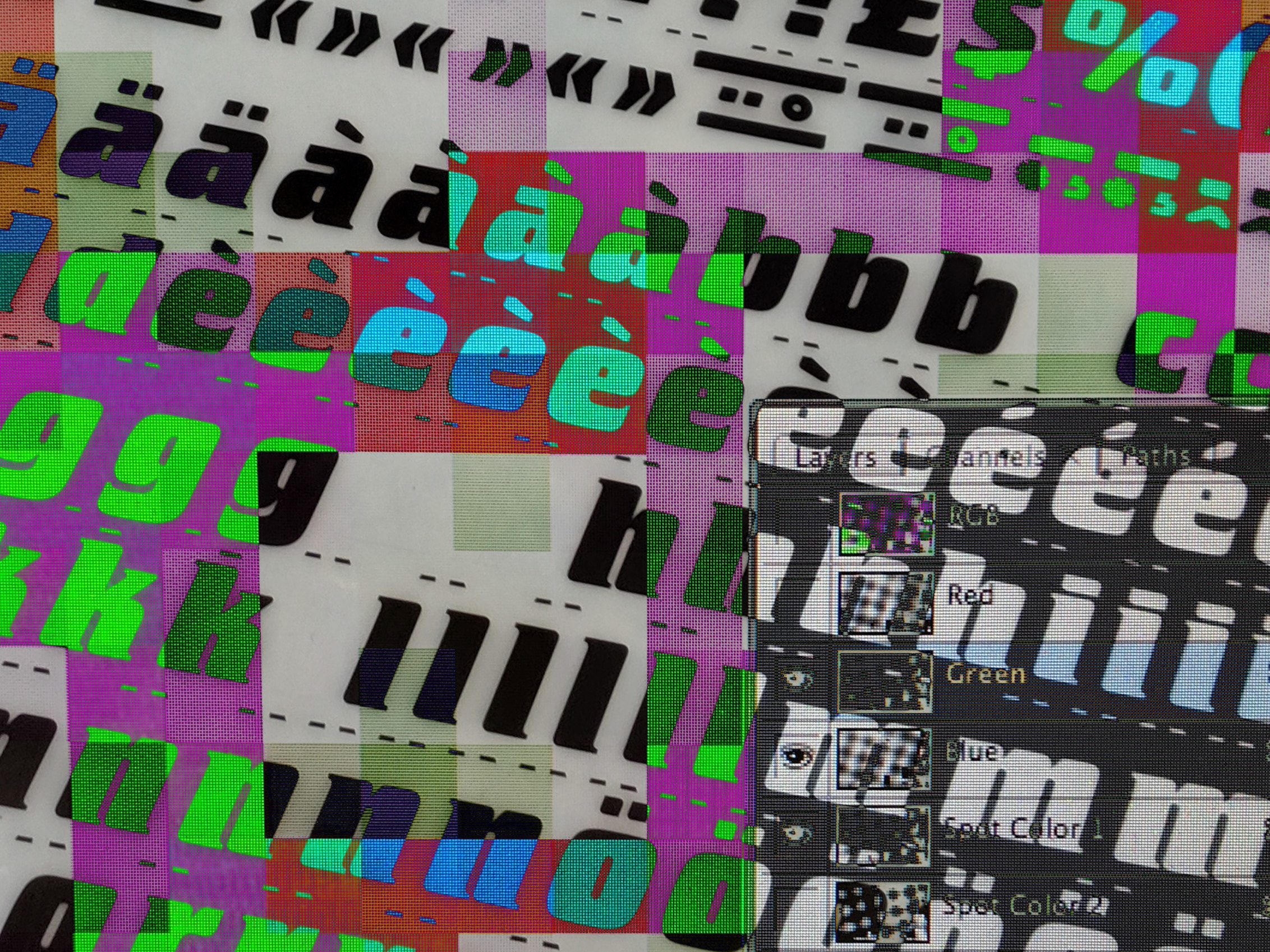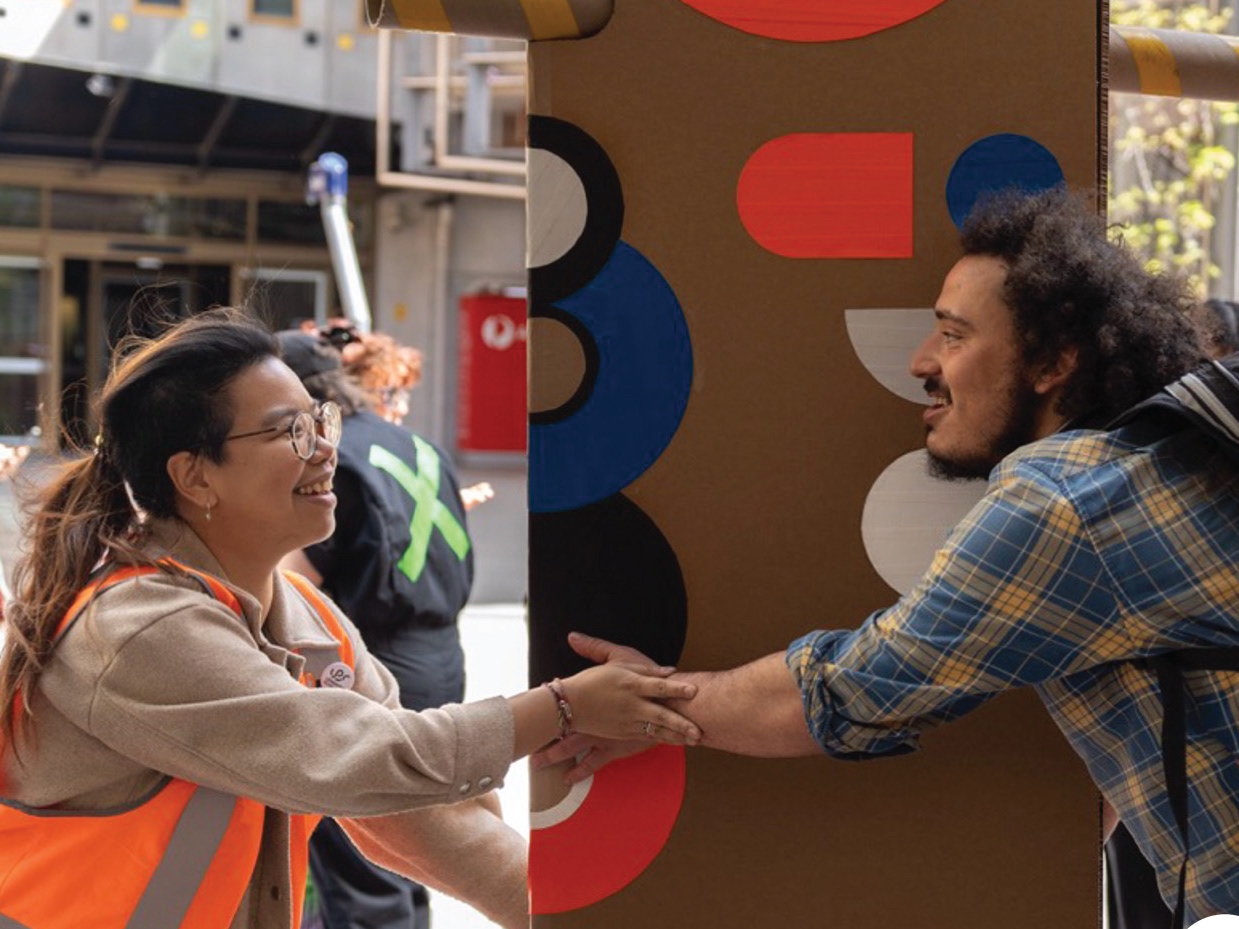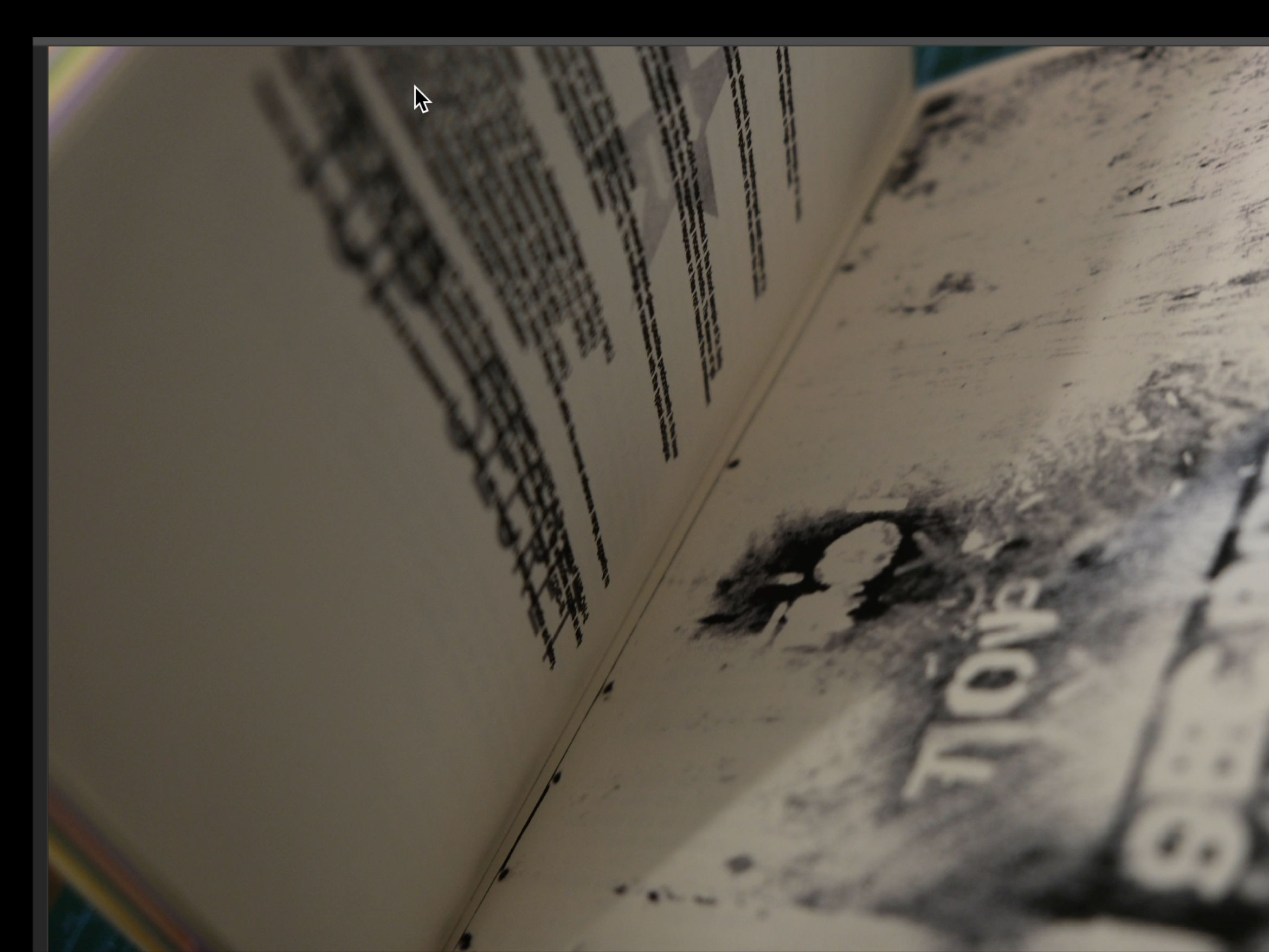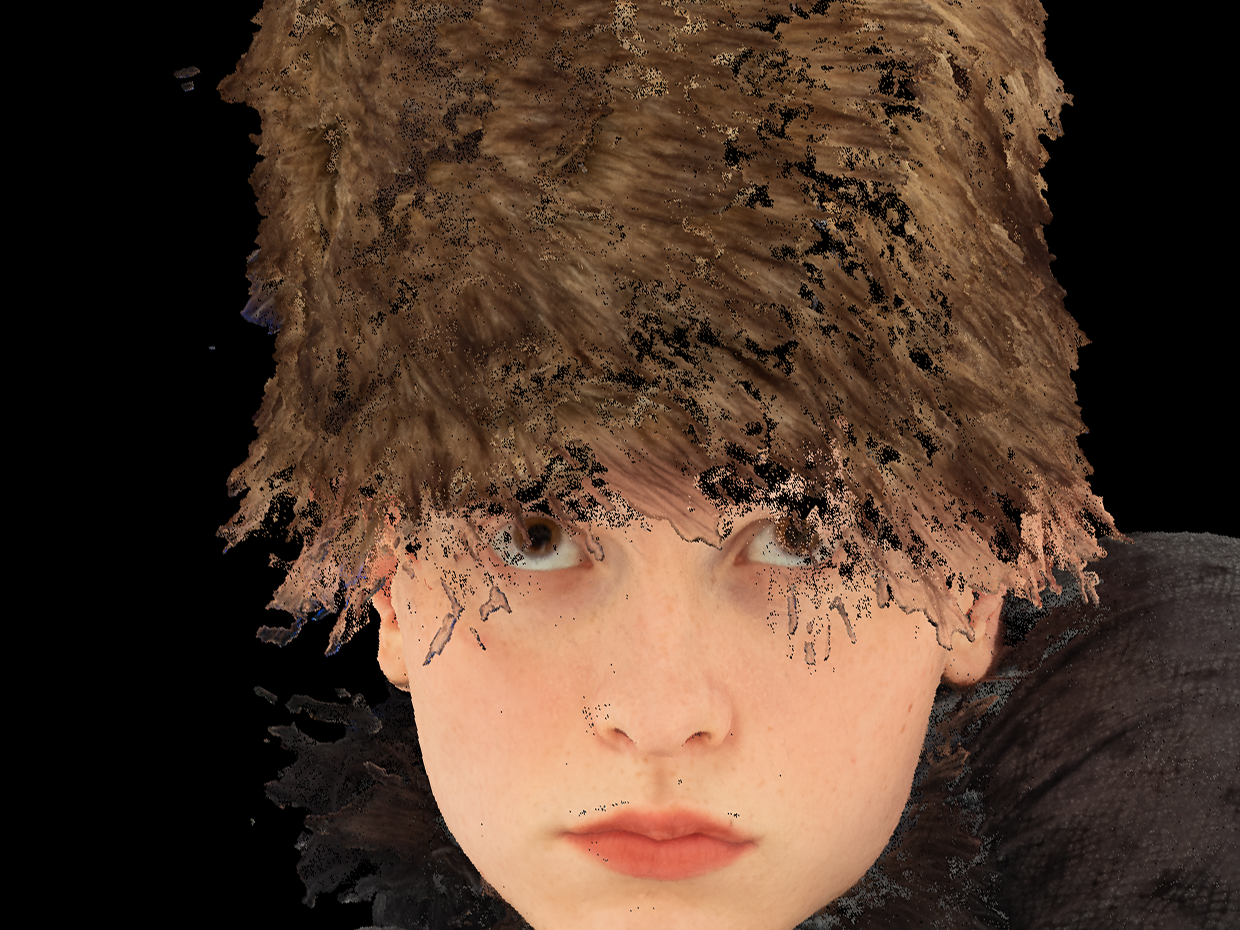Video still from Polio virus by student Georgia Collier
Microbiology and Immunology
Animating presentations in microbiology & immunology
Using Adobe tools to explore new communication modes in science
Charmaine Lloyd
Senior Lecturer, School of Science
Senior Lecturer, School of Science
Danilla Grando
Associate Professor, School of Science
Associate Professor, School of Science
Rajaraman Eri
Professor, Assoc Dean of Research, School of Science
Professor, Assoc Dean of Research, School of Science
Students like many, are mostly ‘consumers’ of digital technologies and their choices are skewed towards free and entertaining technologies popularised on games, apps and by their peers. This project support science students to develop their digital and creative communication skills in a playful and low-stakes environment. Students are asked to create short animations that communicate big ideas and develop their digital communication capabilities.
Resources
> Teacher resource
> Assessment item & criteria sheet
> Student instructions and resources
Problem Statement
Despite exposure to advanced digital media, students’ creativity in presentations at university level is limited to traditional PowerPoint. Students are often time-poor and have neither a platform nor motivation to experiment with newer digital tools available. Also, not all of them have equal digital training before university.
In our Science courses, there is plenty of opportunity to be creative with digital tools. The Microbiology and Immunology course is a foundational course offered to first and second years and is a great stage to introduce students to various digital apps that they can experiment with.
Project Overview
The project involved introducing various RMIT subscribed Adobe animation tools to students. Students were provided with demonstrations on how to produce animations i.e. characters/avatars that could speak in students’ voices to slightly more advanced biology based animations. To help with easing students into trying Adobe, a recorded resource was also provided. Students were given a small percentage of marks (10 marks <2%>) for trying the tool to produce a 30 second visual of an animation of their choice that would help digitally communicate any fact from the course. Marks were awarded to the student for trying and for showing a screenshot of themselves trying the animation (for authenticity purposes). Marks were not scaled based on how advanced or elementary the visual was. Further to this, students were free to use these tools in their higher weightage presentations (which is not part of this study).
Polio virus by student Georgia Collier
Emergent Outcomes
Students introduced to Adobe animation and presentation tools would be on equal ground after this exercise, with capability to produce attractive presentations. Students would learn to convey complex ideas visually in a ‘fun way’ through an animation character or in an ‘engaging’ manner by explaining abstract concepts through animated diagrams, thus fostering skills that extend beyond the classroom into broader academic and professional contexts.
Student Impact Data
Students demonstrated increased proficiency in using multimedia tools to create dynamic, engaging presentations. This was evident between their second (week 12) and first presentation (week 6), between which the jump in digital skills for the majority was evident. While grading the week 12 presentations, it was evident that students were producing high-quality engaging thought-through outputs. Students described Adobe tools as fun to use, user-friendly and colourful!
Virus animation by student Nina Williamson
Digital Capability Building
Creating animations involved understanding how to integrate various media elements (images, text, sound, and motion) to communicate ideas. Animation encouraged creativity, allowing students to visualise abstract concepts in new and unique ways. This fostered innovative thinking, as they had to think outside the box to present information visually. Students will continue to improve their presentations over the course of their degree, thus strongly aligning with RMIT’s Education Plan to 2025’ to produce ‘Digitally Adept’ graduates.
Bacteria animation by student Trista Hawthorne
Vaccination animation by student Adam Yeow
Key Learnings
The majority of students (97%) were unaware of the number of Adobe tools are available to them within RMIT. They were excited at the possibility of trying various tools in Adobe Express and Adobe Character Animate. Students adapted their newfound knowledge to their assignments and produced high-quality presentations.
Student work by Nicholas Guilline
Bacteria diagram by student











